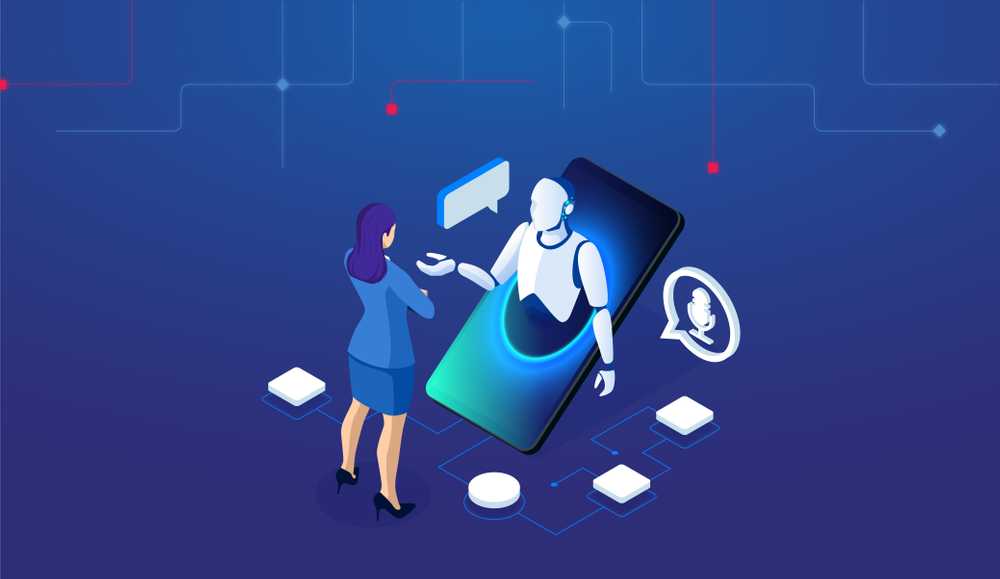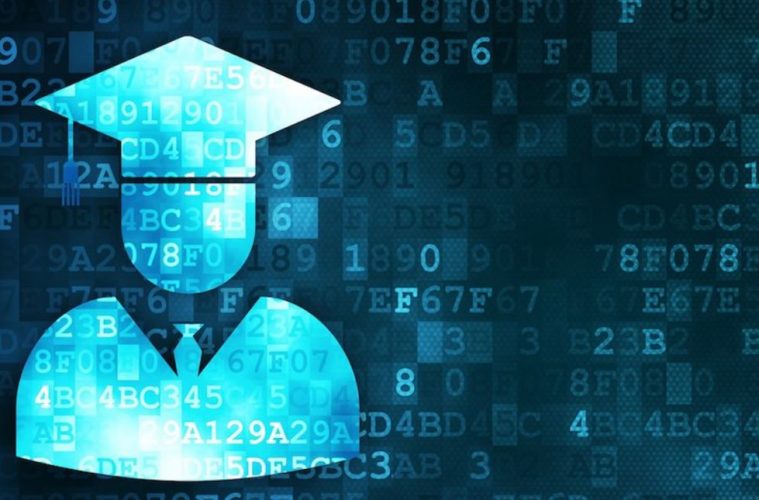The Crucial Role of Metaverse Education For Working Professionals

In an era defined by rapid technological advancements and transformative digital landscapes, the concept of the metaverse has emerged as a groundbreaking paradigm, particularly in the realm of education. For working professionals seeking sustained success in an ever-evolving job market, the integration of metaverse education has become not just a trend but a crucial pathway to acquiring and honing the skills necessary for the future.
Metaverse Education: A Paradigm Shift:

Before delving into the importance of metaverse education, it’s essential to understand what the metaverse entails. The metaverse is a collective virtual shared space, merging augmented reality (AR) and virtual reality (VR) to create immersive digital environments. It goes beyond traditional 2D online experiences, offering a three-dimensional space where users can interact with digital entities, environments, and other users in real-time.
- Interactive and Immersive Learning Environments:
- Traditional Education vs. Metaverse Education: In traditional online education, interactions are often limited to forums and video lectures. In the metaverse, education becomes interactive and immersive, allowing professionals to engage with course content and fellow learners in a spatial, 3D environment.
- Benefits: This immersive experience fosters a deeper understanding of complex concepts, enhances retention, and encourages collaboration, creating a more engaging and effective learning environment.
- Real-world Simulations and Practical Learning:
- The Power of Simulations: Metaverse education enables the creation of realistic simulations and scenarios relevant to various professions. Working professionals can practice and apply their skills in virtual environments that mirror real-world challenges.
- Benefits: This hands-on, practical learning approach prepares professionals for their roles, allowing them to refine their skills and problem-solving abilities in a risk-free environment before encountering similar challenges in their actual work.
- Global Collaboration and Networking:
- Beyond Geographic Boundaries: Metaverse education transcends geographical constraints, enabling professionals from different corners of the world to collaborate seamlessly. Virtual conferences, meetings, and collaborative projects become commonplace, fostering a global community of learners.
- Benefits: Networking opportunities expand exponentially, providing professionals with a diverse and international perspective. This interconnectedness is invaluable in industries where collaboration and global understanding are key to success.
- Adaptability and Future-proofing Skills:
- Continuous Learning as a Norm: The metaverse promotes a culture of continuous learning, where professionals can adapt to evolving technologies and industry trends. Courses and experiences can be updated in real-time, ensuring that learners stay ahead of the curve.
- Benefits: This adaptability is crucial in industries undergoing rapid transformations. Professionals equipped with metaverse education are better positioned to navigate changes, making them indispensable assets to their organizations.
- Personalized Learning Journeys:
- Tailored Learning Experiences: Metaverse education platforms utilize artificial intelligence and machine learning to understand the individual learning styles and preferences of users. Courses can be tailored to meet the specific needs and pace of each professional.
- Benefits: Personalized learning enhances the efficiency of skill acquisition, allowing professionals to focus on areas where they need the most improvement. This customization results in a more time-effective and impactful educational experience.
Also, read – How Web3 Or Metaverse Will Metamorphose Education System?
Overcoming Challenges and Paving the Way Forward:

The transition towards integrating metaverse education for working professionals is undoubtedly promising, but it comes with its own set of challenges. Addressing these challenges requires concerted efforts from educational institutions, technology developers, and industries to create an inclusive and accessible environment for learners. Here’s an in-depth exploration of the key challenges and proposed solutions to pave the way forward:
- Accessibility:
- Challenge: The accessibility of metaverse education platforms can be limited by factors such as device affordability, internet connectivity, and digital literacy.
- Solution: Collaborative initiatives should focus on providing subsidized or low-cost devices, improving global internet infrastructure, and offering comprehensive digital literacy programs. Governments, NGOs, and private enterprises can play a pivotal role in facilitating access for professionals in underserved regions.
- Technological Infrastructure:
- Challenge: Metaverse education requires robust technological infrastructure, including high-speed internet, advanced hardware, and VR/AR devices. Many professionals may not have access to these resources.
- Solution: Industry partnerships can support the development of affordable and accessible VR/AR devices. Additionally, collaborations with internet service providers can work towards expanding high-speed internet access. This can be complemented by cloud-based solutions to reduce the dependency on high-end hardware.
- Initial Resistance and Perception:
- Challenge: Professionals may initially resist the adoption of metaverse education due to unfamiliarity, skepticism, or concerns about the effectiveness of virtual learning.
- Solution: Educational institutions and technology developers should invest in robust onboarding processes, offering introductory courses and resources to familiarize professionals with metaverse platforms. Success stories and case studies demonstrating the tangible benefits of metaverse education can help shift perceptions and build confidence.
- Standardization and Interoperability:
- Challenge: The lack of standardized formats and interoperability between different metaverse platforms can hinder the seamless integration of educational content.
- Solution: Industry-wide collaborations should work towards developing standardized protocols and formats for educational content within the metaverse. Open standards can facilitate interoperability, allowing professionals to leverage a variety of metaverse platforms without encountering compatibility issues.
- Privacy and Security Concerns:
- Challenge: The immersive nature of metaverse education raises concerns about data privacy and security.
- Solution: Technology developers and educational institutions must prioritize robust security measures, including encryption protocols and data protection policies. Transparent communication about data usage and strong user authentication mechanisms can address privacy concerns and build trust among professionals.
- Training and Support:
- Challenge: Professionals may lack the necessary skills to navigate and fully utilize metaverse education platforms.
- Solution: Educational institutions, in collaboration with industries, can offer comprehensive training programs to equip professionals with the skills needed for effective engagement within the metaverse. Ongoing support through tutorials, workshops, and a responsive helpdesk can further enhance the learning experience.
- Regulatory Frameworks:
- Challenge: The evolving nature of metaverse technology may outpace existing regulatory frameworks, leading to uncertainties and legal challenges.
- Solution: Collaborative efforts involving educational institutions, technology developers, and policymakers are essential for creating adaptive regulatory frameworks. Proactive engagement with regulatory bodies can help establish guidelines that foster innovation while ensuring ethical and responsible use of metaverse technology.
In conclusion, overcoming the challenges associated with metaverse education for working professionals requires a multi-faceted approach. By addressing issues of accessibility, technological infrastructure, initial resistance, standardization, privacy, training, and regulation, stakeholders can pave the way forward for a future where metaverse education becomes an integral and accessible component of professional development. The collaboration between educational institutions, technology developers, and industries is paramount to unlocking the full potential of metaverse education for working professionals across diverse sectors.
Key features of Metaverse education:

As the metaverse emerges as a revolutionary space that blends the physical and digital worlds, its potential to reshape education is becoming increasingly apparent. The integration of metaverse technology in education introduces a new dimension to learning, offering immersive, interactive, and globally connected experiences. Here are the key features that define education in the metaverse:
- Immersive Learning Environments:
- Description: In the metaverse, education transcends traditional 2D screens. Learners enter immersive 3D environments where they can interact with digital objects, simulations, and other learners.
- Benefits: Immersive learning fosters deeper engagement and understanding. Complex concepts can be visualized and experienced, enhancing retention and making the learning process more memorable.
- Spatial Presence and Interaction:
- Description: Metaverse education allows users to have a spatial presence, creating the feeling of being physically present in a virtual space. Learners can interact with their surroundings and collaborate with others in real time.
- Benefits: Spatial interaction promotes a sense of connection and collaboration, enabling learners to engage with course content in a more dynamic and participatory manner.
- Real-world Simulations and Practical Training:
- Description: Virtual simulations within the metaverse replicate real-world scenarios relevant to various professions. From medical procedures to architectural design, learners can engage in practical training in a risk-free environment.
- Benefits: Practical learning experiences enable learners to apply theoretical knowledge in realistic settings, enhancing their problem-solving skills and preparing them for the challenges of their respective fields.
- Global Collaboration and Networking:
- Description: Metaverse education facilitates global collaboration by connecting learners from different parts of the world. Virtual conferences, collaborative projects, and interactive sessions occur seamlessly in a shared digital space.
- Benefits: Learners gain exposure to diverse perspectives, cultures, and expertise, fostering a global mindset. Networking opportunities expand beyond geographical boundaries, creating a rich and interconnected learning community.
- Adaptive and Personalized Learning:
- Description: AI-driven algorithms in the metaverse analyze learner behavior and preferences, tailoring educational content to individual needs. Courses can be adapted in real-time to accommodate different learning styles.
- Benefits: Personalized learning experiences enhance efficiency, allowing learners to focus on areas that need improvement. This adaptive approach ensures that education is tailored to the unique needs of each learner.
- Gamification Elements:
- Description: Gamification elements, such as quests, challenges, and rewards, are integrated into metaverse education to make the learning experience more engaging and enjoyable.
- Benefits: Gamification enhances motivation, making learning more enjoyable. Achievements and rewards provide a sense of accomplishment, encouraging learners to actively participate in their educational journey.
- Virtual Libraries and Resources:
- Description: Metaverse education platforms host virtual libraries and resource centers where learners can access a vast array of digital content, including books, articles, and multimedia resources.
- Benefits: Virtual libraries provide easy access to a wealth of information, reducing the limitations associated with physical libraries. Learners can explore a rich digital repository to supplement their studies.
- Continuous Learning and Updates:
- Description: The metaverse supports continuous learning by allowing real-time updates to educational content. Courses can be dynamically updated to reflect the latest industry trends and advancements.
- Benefits: Continuous learning ensures that learners stay relevant in rapidly evolving fields. Professionals can access up-to-date information and skills, preparing them for the dynamic demands of their industries.
- Virtual Events and Conferences:
- Description: Metaverse education extends beyond traditional classrooms to include virtual events, conferences, and seminars. Learners can attend and participate in these events without the need for physical presence.
- Benefits: Virtual events offer opportunities for networking, knowledge exchange, and exposure to industry experts. Learners can engage in real-time discussions and stay connected with the latest developments in their fields.
- Accessibility and Inclusivity:
- Description: The metaverse strives to be inclusive, providing accessible learning environments for individuals with diverse abilities. Features such as closed captioning, language translation, and customizable interfaces contribute to inclusivity.
- Benefits: Enhanced accessibility ensures that education in the metaverse is available to a broader audience, breaking down geographical and physical barriers.
In summary, education in the metaverse redefines the learning experience, offering a transformative journey characterized by immersion, interaction, and adaptability. These key features collectively contribute to a dynamic and inclusive educational ecosystem, setting the stage for a future where the metaverse becomes an integral part of the learning journey.
Conclusion:
As the metaverse continues to evolve, its integration into education becomes a transformative force for working professionals. The immersive, interactive, and globally connected nature of metaverse education not only enhances skill acquisition but also cultivates a mindset of continuous learning and adaptability. For working professionals, embracing metaverse education is not just a key to success; it is a strategic investment in a future where the ability to navigate dynamic and virtual environments will be a fundamental aspect of professional competence.


























































